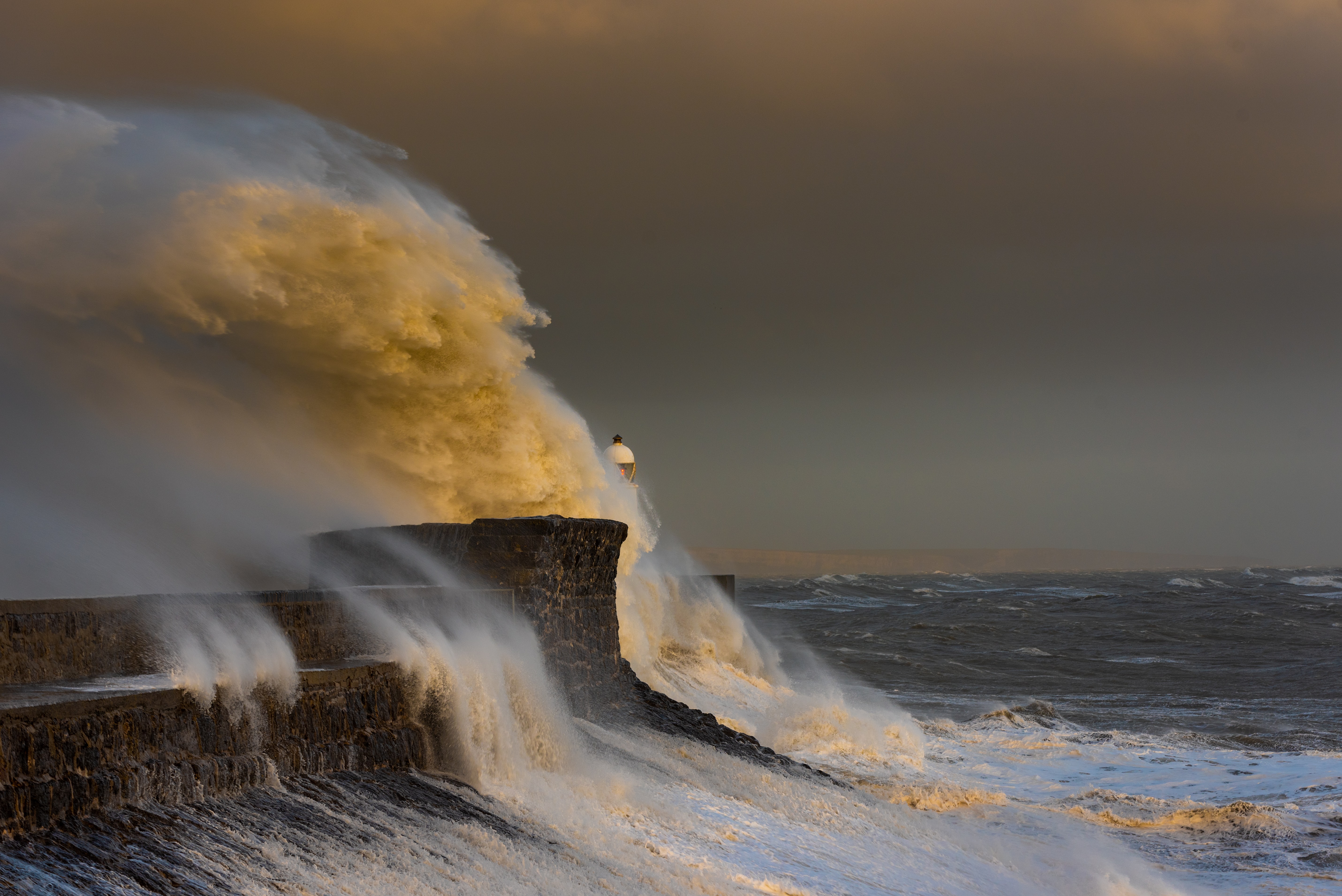News release
From:
Environment: Assessing storm surges in Europe since 1960
Extreme storm surges in Europe have increased since 1960, suggests a paper published in Nature. These are comparable to the rate of sea level rise over the same period. The finding contradicts current hypotheses suggesting surge extremes will remain the same, and may have implications for coastal planning.
Flooding as a result of storm surges (changes in sea levels caused by storms) costs the global economy billions of dollars every year and without effective interventions is likely to increase as sea levels rise. Designing effective interventions requires an understanding of how storminess affects the occurrence of surges and also how changes in mean sea level will influence the baseline for these events. While previous research has suggested that rising sea levels have made extreme sea-level events more likely, the role of surge extremes is debated.
Francisco Calafat and colleagues used a statistical modelling technique to analyse observations of surge extremes for 79 tide gauges along the Atlantic and North Sea coastlines of Europe for the period 1960–2018. The authors found that trends in surge extremes are comparable to those observed for mean sea level rises and indicate that internal climate variability and anthropogenic effects have influenced this trend. The authors suggest that the impact of anthropogenic effects on storm surges is consistent with climate models that show an eastward expansion of North Atlantic storms, which may lead to increased storminess in the United Kingdom and Central Europe.
The authors conclude that their findings show that both internal and external influences can impact the likelihood of storm surge extremes occurring. They suggest that current coastal planning practices, which assume an unchanged pattern of surge extremes, may need to be reconsidered.



 International
International



